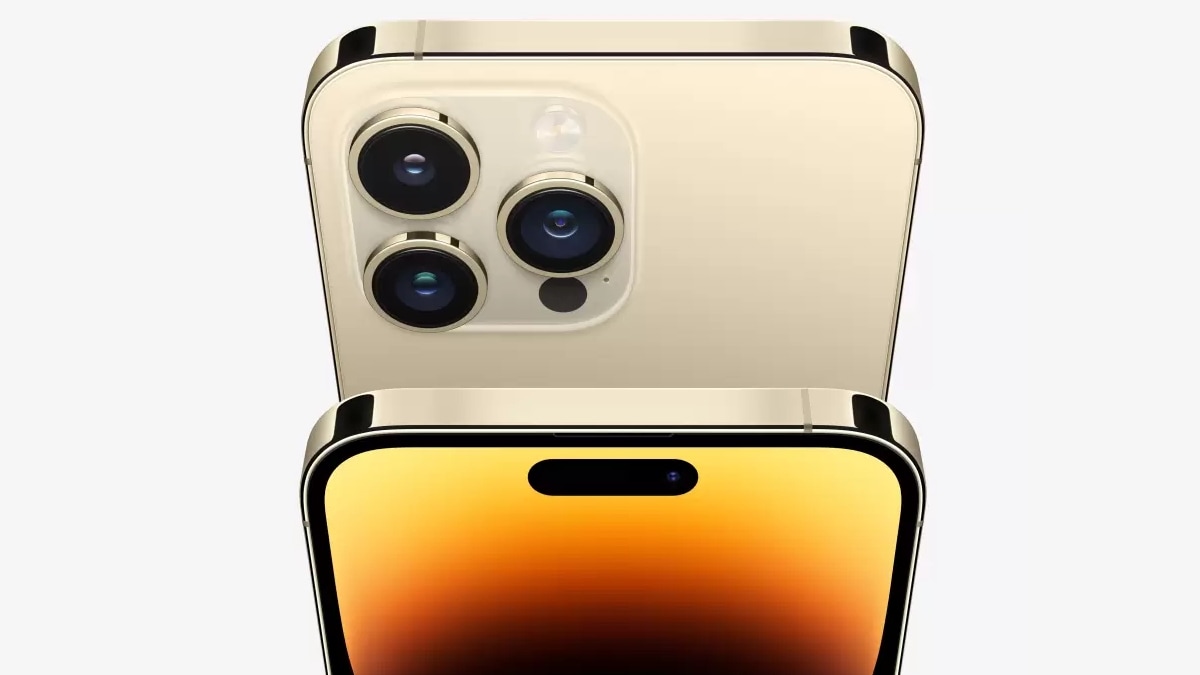Apple addressed two issues with the announcement of its new Dynamic Island feature last year. Dynamic Island serves as a neat camouflage for Face ID tech (which Apple hasn’t abandoned over the years) and makes for a more comfortable approach of incorporating a front-facing camera rather than a bucket-shaped display notch. The pill-shaped Dynamic Island (which is actually two display cutouts) also acts as a software feature to relay notifications or the status of apps about ongoing activities and tasks. In fact, this seems like a win-win solution for Apple and its users, but the company plans to expand this feature further, as explained in this recently issued patent.
According to the current status leaks and rumoursApple attempts to hide this pill-shaped cutout (to a degree) by using under-display technology that’s theoretically similar to what’s available on devices like Samsung’s Galaxy Z Fold 4which allows the company to hide its Face ID components enough that it doesn’t look as intrusive as it already is in its current form.
First reported by 9to5Mac, Obviously Apple notes that Apple has received a new patent related to the Dynamic Island feature, along with details on how and where the company plans to use this patent across its line of devices.
The patent explains that Apple could place these transparent windows (new Dynamic Island) with one or more sensors in three positions on the display. The patent allows Apple to place this transparent window at the top, corner of the display, or even in the center section at the top of the display. In addition, it even explains how the area of the window around this transparent display can change shape and size, which is very similar to the Dynamic Island implementation available on the iPhone models available today.
While having the transparent window at the top makes sense iPhone, the other two implementations appear to be intended for other devices in the Apple ecosystem. Apple openly admits that the new under-display Dynamic Island implementation could also be intended for its Watch, iPad and Mac devices. It also mentions the possibility of the feature appearing in glasses, a mixed reality headset, a heads-up display in a vehicle, and more.
But there is more. In the patent filing, Apple reportedly also listed the sensors that could be used for that transparent window. The list also includes some interesting additions like a Touch ID sensor (embedded in a display) or even ones to measure three-dimensional touchless gestures (“air gestures”) with the same implementation and hardware setup. Other interesting add-ons are also health sensors. Apparently, Apple explains that the sensors embedded in this transparent window setup could also work with other sensors or hardware available on a device to collect results for a specific function.
Apple’s transparent window, or under-display, technology seems to work in a similar way Samsung‘s implementation of under-display technology. It does this by selectively removing certain pixels in an array, reducing pixel density and increasing light transmission, allowing the underlying sensors to capture the visual data they need.





